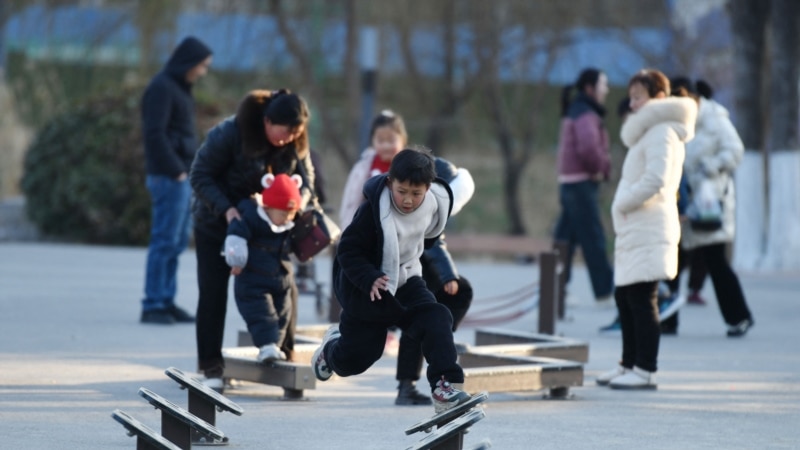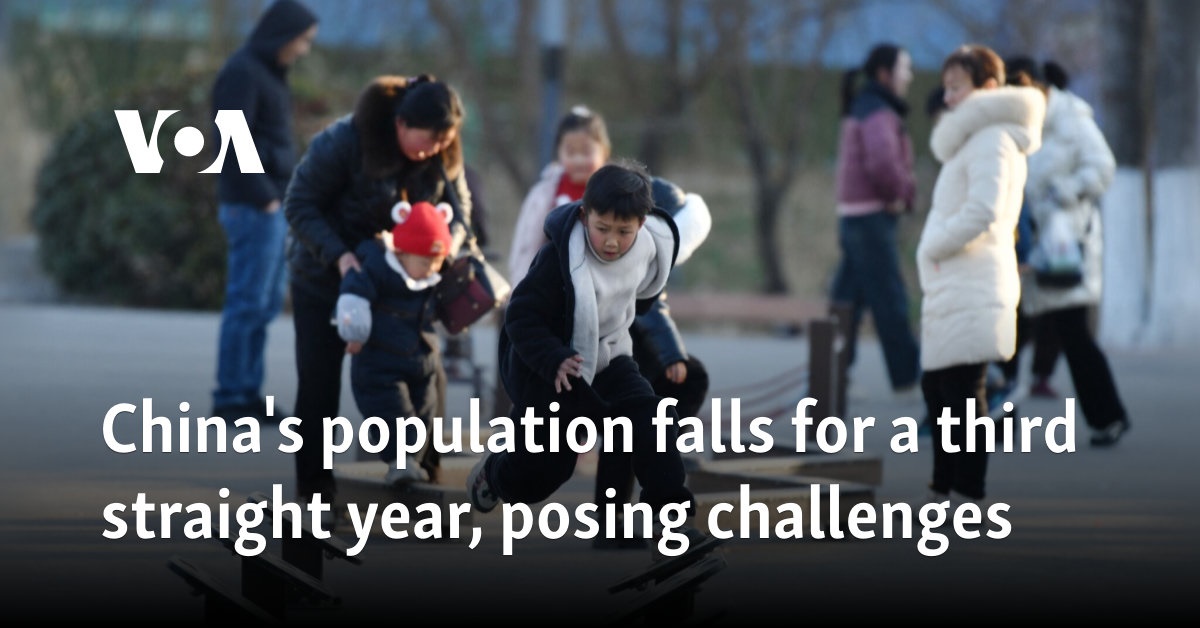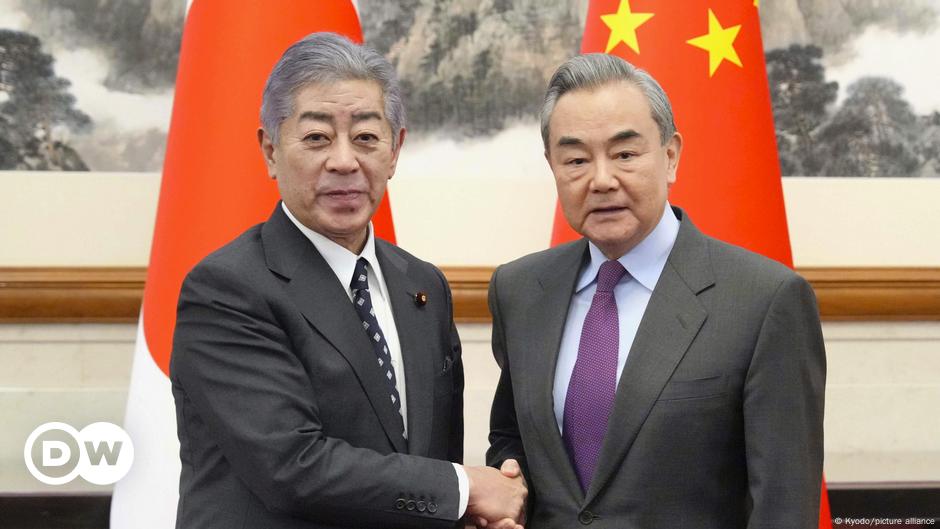
China’s population declined for the third year in a row last year, its government said on Friday, pointing to demographic challenges ahead for the world’s second-most populous country, which is now facing a growing population and more people of working age. Both are facing the emerging shortage of.
China’s population at the end of 2024 was 1.408 billion, down 1.39 million from the previous year.
The figures announced by the government in Beijing follow trends around the world, but particularly in East Asia, where Japan, South Korea and other countries have seen birth rates decline. China joined Japan and most of Eastern Europe three years ago as among the countries whose population is falling.
In many cases the reasons are the same: rising costs of living are causing young people to postpone or refuse marriage and childbearing during higher education and careers. Although people are living longer, it is not enough to keep up with the rate of new births.
Countries like China that allow very little immigration are particularly at risk.
China has long been one of the world’s most populous countries, enduring invasions, floods and other natural disasters to sustain a population that thrives on rice in the south and wheat in the north. After the end of World War II and the Communist Party coming to power in 1949, large families re-emerged and the population doubled in just three decades, even after millions of people died in the Great Leap Forward, which There was a demand for agriculture and industry and cultural revolution. The revolution that took place a few years later.
Following the end of the Cultural Revolution and the death of leader Mao Zedong, Communist bureaucrats began to worry that the country’s population was outgrowing its ability to feed itself and began implementing a harsh “one child policy”. Although it was never a law, women had to apply for permission to have a child and violators faced the possibility of late-term abortions and birth control procedures, massive fines, and being deprived of their child identification number. could be affected, effectively making them non-children. citizen.
Rural China, where preference for male offspring was particularly strong and two children were still explicitly permitted, became the focus of government efforts, where women were forced to produce evidence during menstruation and buildings were destroyed. Decorated with slogans such as “Have fewer children, it will be better”. Children.”
The government sought to ban selective abortion of female children, but with abortion becoming legal and readily available, operators of illegal sonogram machines found a thriving business.
This has been the biggest factor in China’s unbalanced sex ratio, with millions of boys being born, increasing the potential for social instability in China’s army of bachelors. Friday’s report put the gender imbalance at 104.34 men for every 100 women, although independent groups put the imbalance significantly higher.
More troubling for the government was a sharp decline in the birth rate, with China’s total population falling for the first time in decades in 2022 and China slightly overtaking India as the world’s most populous country the following year. A rapidly aging populationA declining workforce, lack of consumer markets and overseas migration are putting the system under severe pressure.
While spending on the military and lucrative infrastructure projects continues to grow, China’s already weak social security system is faltering, with increasing numbers of Chinese people refusing to pay into the underfunded pension system.
Already, a fifth of the population is aged 60 or older, giving the official figure as 310.3 million, or 22% of the total population. By 2035, this number is projected to exceed 30%, sparking discussion of a change in official retirement ageWhich is one of the lowest in the world. With fewer students, some empty schools and kindergartens are being transformed into care facilities for older people.
Such developments are lending some credence to the adage that China, now the world’s second-largest economy but facing major headwinds, will “get old before it gets rich.”
Government incentives, including cash payments for up to three children and financial assistance for housing costs, have only a temporary effect.
Meanwhile, China continued its transition to an urban society, with more than 10 million people moving into cities with an urbanization rate of 67%, up nearly one percentage point from the previous year.






Leave a Reply